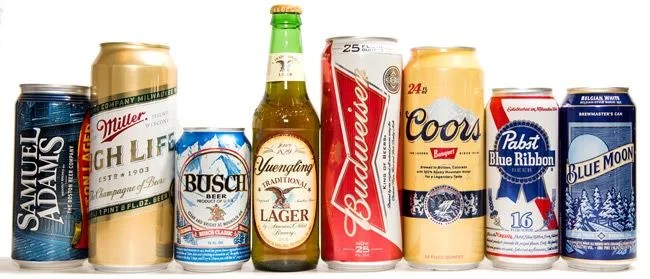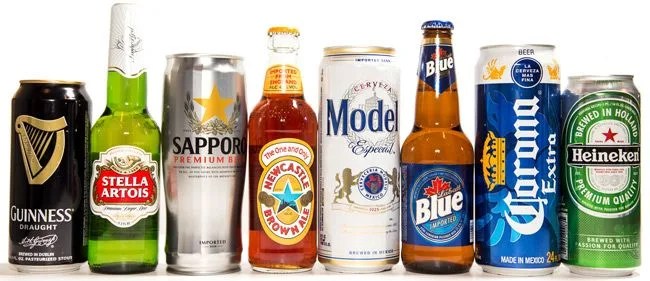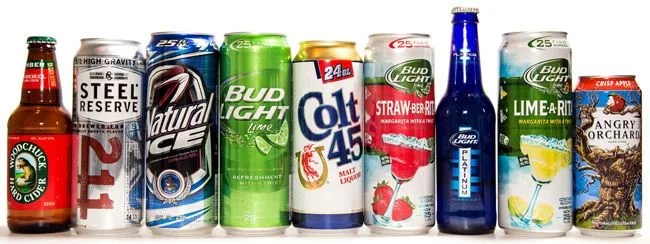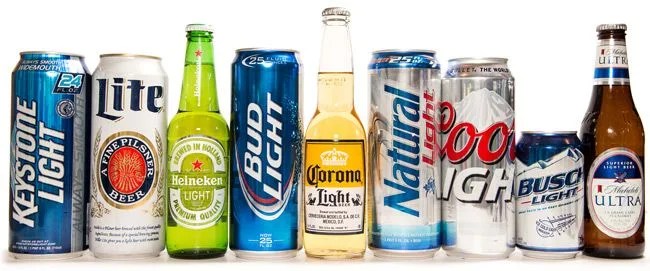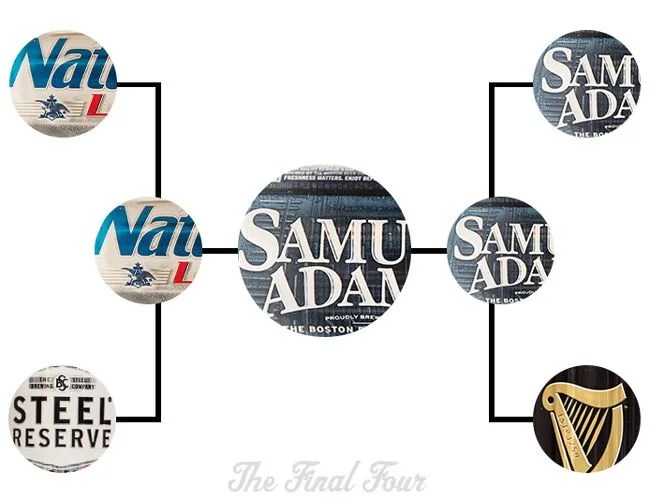Some tournaments are decided before the championship. Take the “Miracle on Ice”. The U.S. ice hockey team met the Soviets during the 1980 Winter Olympics and pulled of the underdog, good vs. evil, us vs. them, please-don’t-drop-the-bomb win that would come to define the 1980 Winter Olympics. ABC, HBO and Walt Disney have all made patriotic films about the game. The only thing is, that wasn’t the game that won the U.S. the gold medal. It wasn’t until two days later that the team beat Finland in the finale of the round robin tournament (and they had to come back in that game as well) to win gold.
In that way, our Mass Market tournament was a lot like those ’80 Olympics. The best match-ups happened before the championship game and afterwards everyone suddenly claimed to have been hockey malt liquor fans all along. The excitement and objectivity of blind tasting couldn’t continue into the Final Four; any beer drinker can distinguish between a malty Guinness and a hoppy Sam Adams, or between a watery Natural Light and an alcoholic Steel Reserve. How can you compare such different beers? On taste? Cost? Drinkability?
We consider these questions, and recap each division, as we draw the Mass Market Beer Tournament — the second edition of our annual Malted Madness series, and hopefully not the last — to a close.

Reflections From Each Division

